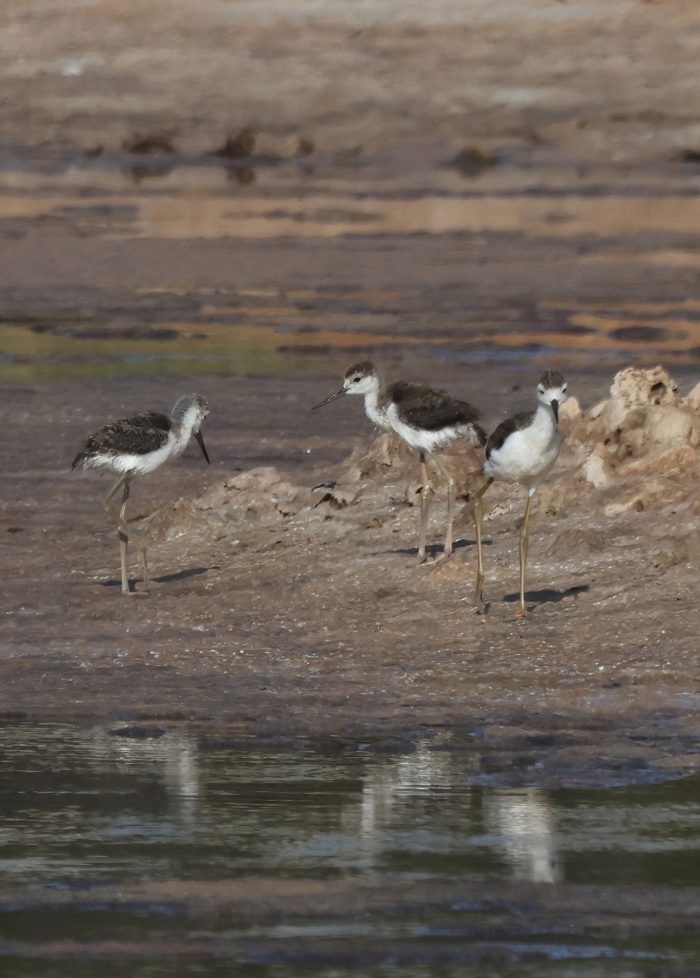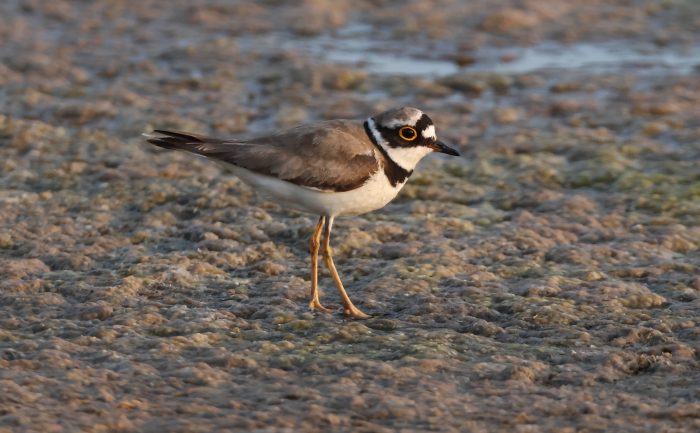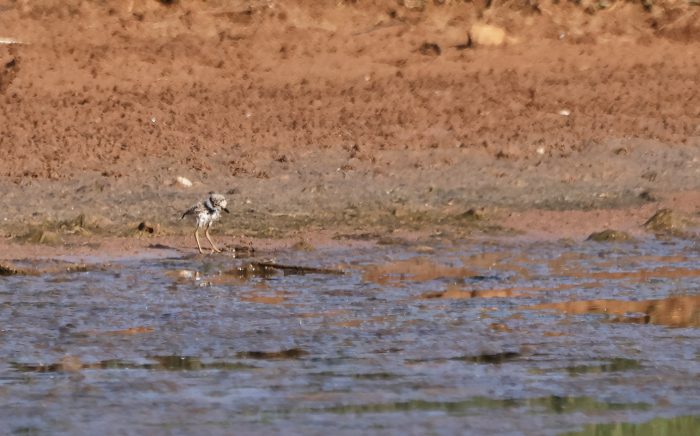In the northern part of Malta, three unique places – Simar, Għadira, and Salina – are giving birds a rare opportunity to breed successfully. These protected wetland reserves, managed by BirdLife Malta, are vital breeding grounds for several unique and sensitive bird species.

Malta’s hot, dry summers the lack of freshwater and the general disturbance make it difficult for birds to find safe places to nest. Much of the land is built over, and natural habitats are disappearing. But in these carefully managed reserves, birds find the shelter, water, and food they need to raise their young.
This year, Little Ringed Plovers (Monakella) and Black-winged Stilts (Fras-servjent) have once again bred at Għadira Nature Reserve. The Little Ringed Plover has bred there every year since 1995, while the Black-winged Stilt – with its long pink legs and striking black-and-white plumage – returned to successfully raise three chicks. The Black-winged Stilt, whilst regularly breeding at Ghadira, also bred once at Simar in 2014, another success linked to BirdLife Malta’s long-term conservation vision. This year the Little Ringed Plover has also bred at Salina Nature Reserve where habitat improvement measures are making it more enticing for the species to establish a breeding population.
Other birds breeding annually in the Simar Nature Reserves include Eurasian Coot (Tiġieġa tal-Baħar), Common Moorhen (Gallozz Iswed), and Common Reed-warbler (Bufula tal-Qasab). Each uses different parts of the wetland: coots build floating nests, moorhens nest by the water’s edge, and warblers hide their nests deep in the reeds.
More common birds such as Cetti’s Warbler (Bufula tal-Għollieq), Sardinian Warbler (Bufula Sewda), Spanish Sparrow (Għasfur tal-Bejt) and Zitting Cisticola (Bufula tal-Imrewħa) also benefit from these safe havens. Their presence shows that the reserves support not just rare species, but a wider community of birds.
To protect nesting birds, BirdLife Malta closes Simar and Għadira reserves in early June. This prevents disturbance at the most sensitive time of year, when chicks are hatching and learning to survive. Despite this when the young become more and more independent the occasional open day is organised to give the public the opportunity to observe the young at times before they get their first flight.
BirdLife Malta’s Head of Land Management, Mark Gauci, says the success is no accident. “Having these breeding species use our nature reserves is testament to the hard work carried out to improve and maintain the habitats,” he explained.
Without the early work by BirdLife Malta’s founders in the 1980s, species like the Little Ringed Plover and Black-winged Stilt might never have bred in Malta. Their continued presence proves that well-managed reserves can reverse losses and bring nature back.
BirdLife Malta’s team and volunteers work quietly but effectively, monitoring birds, managing habitats, and keeping nesting areas safe. Their efforts are ensuring that birds have a future in Malta – and a place to raise the next generation.


